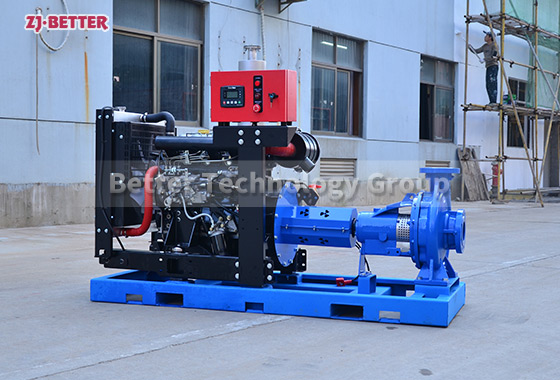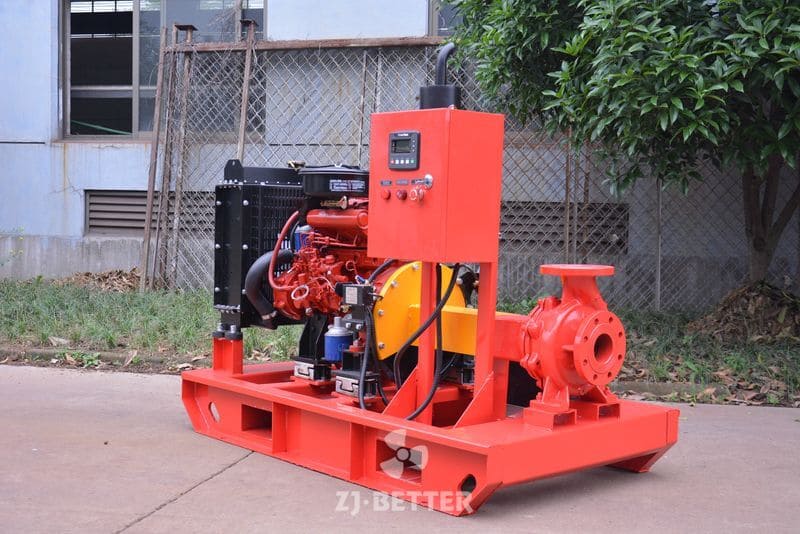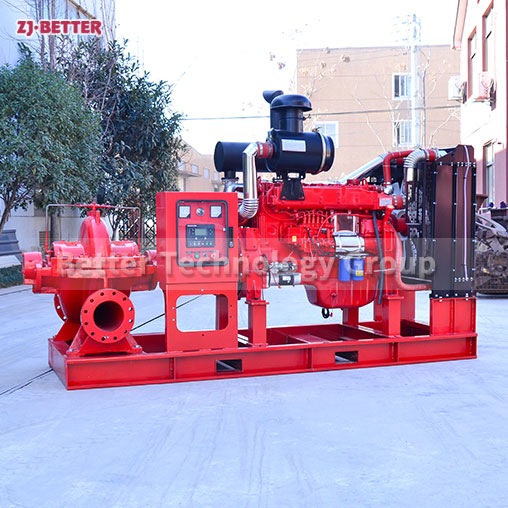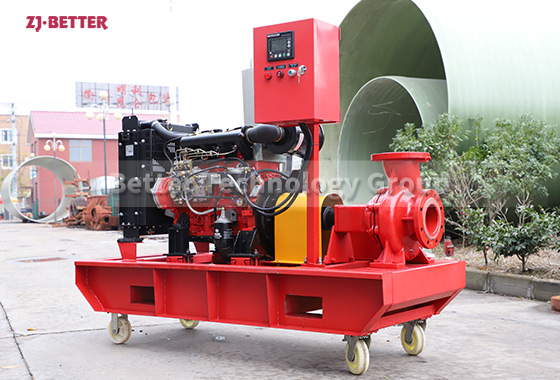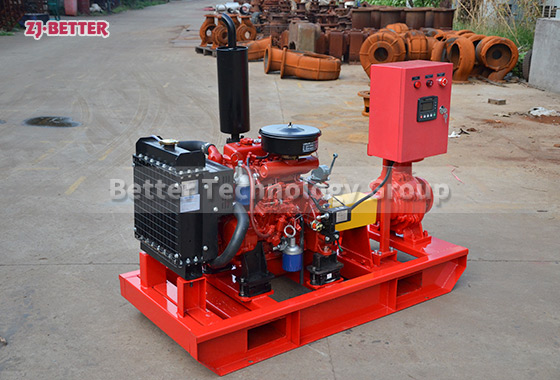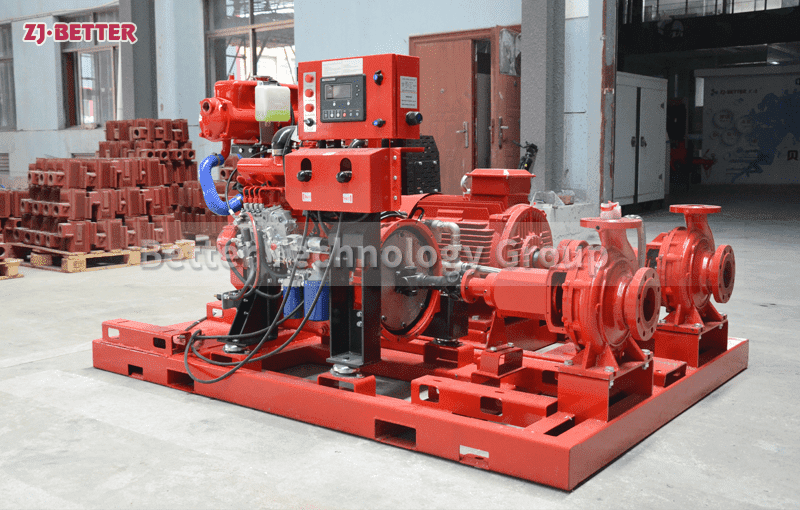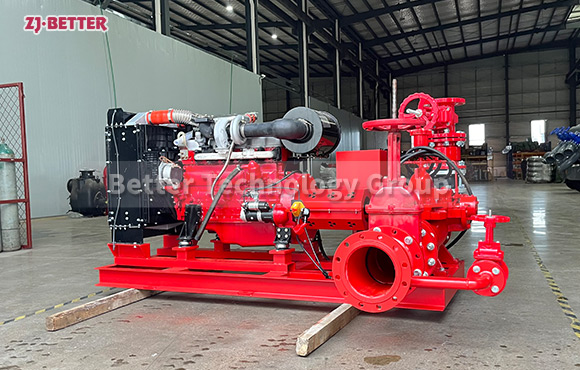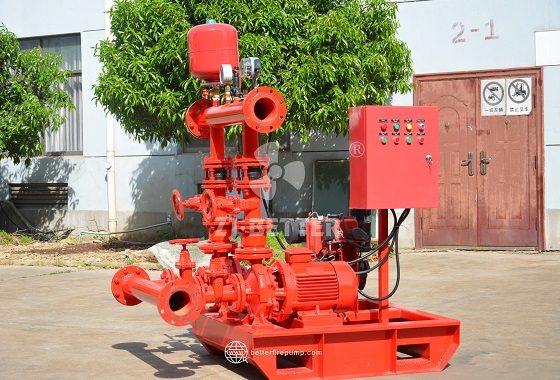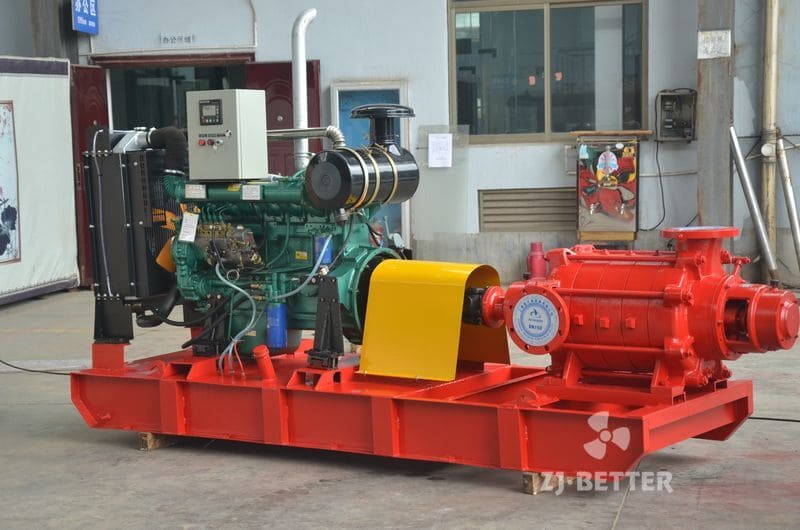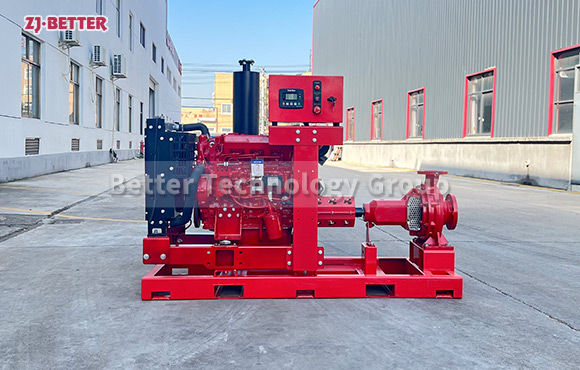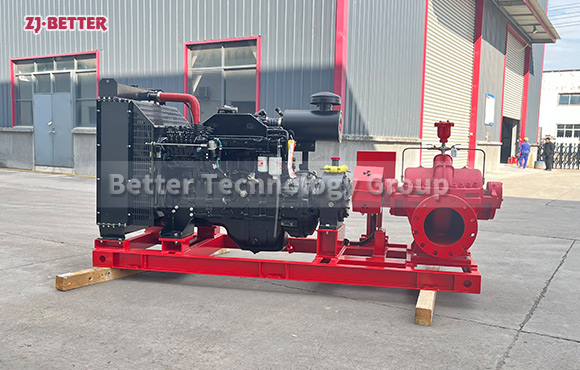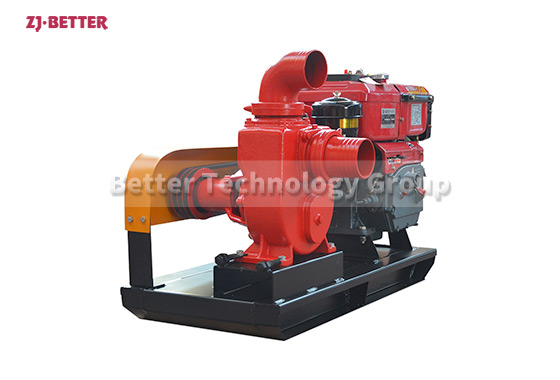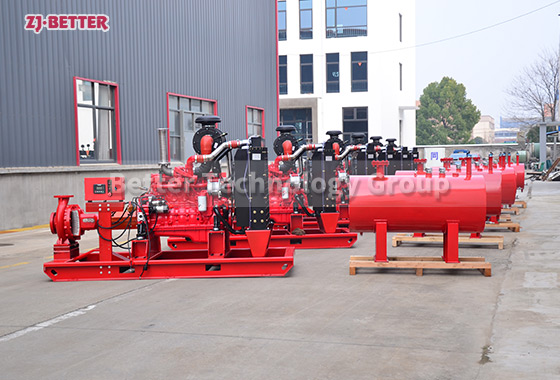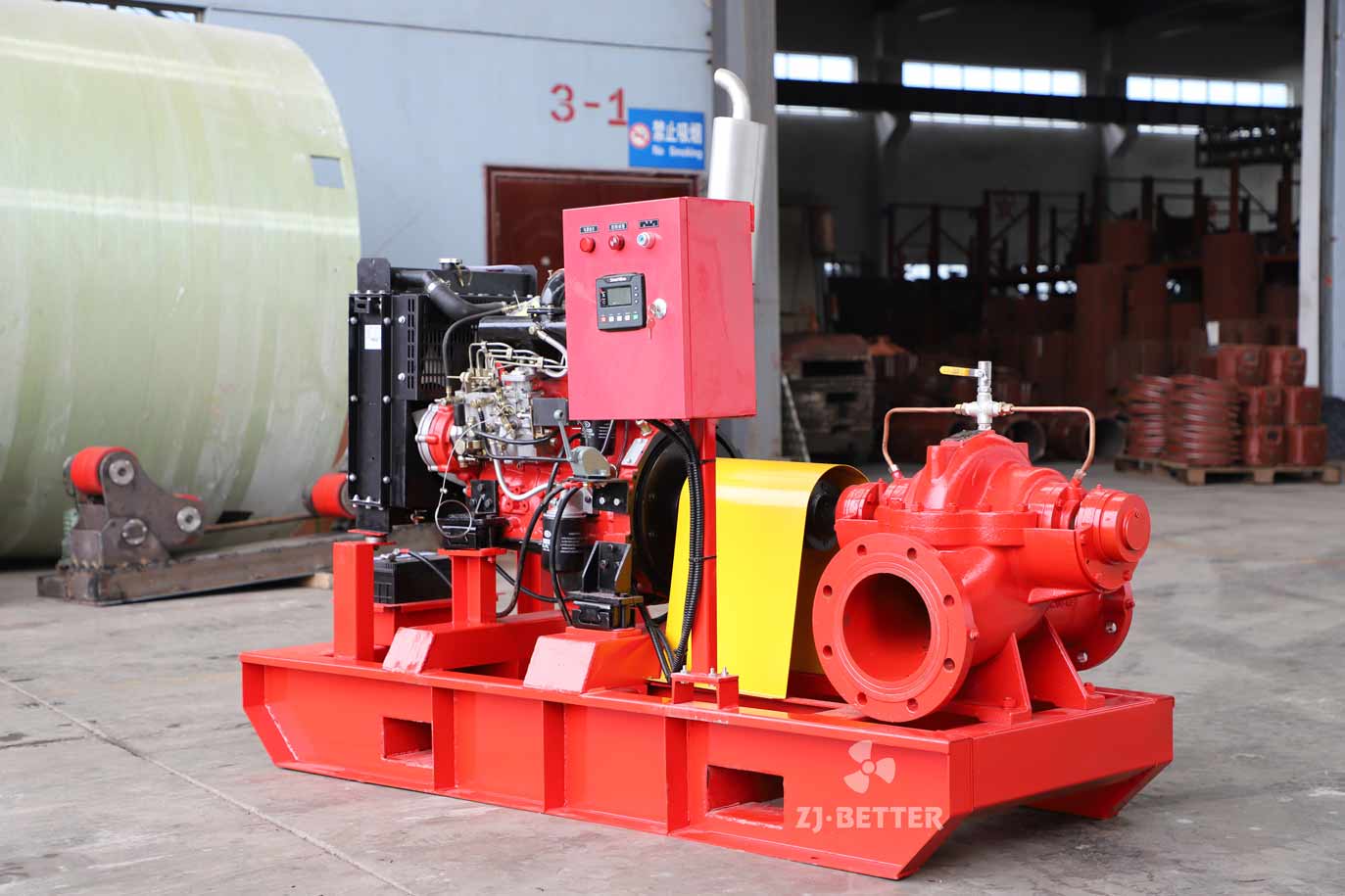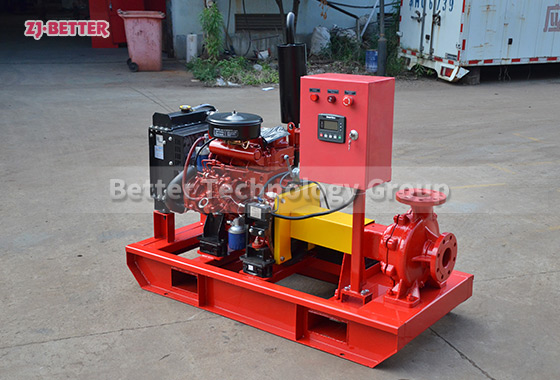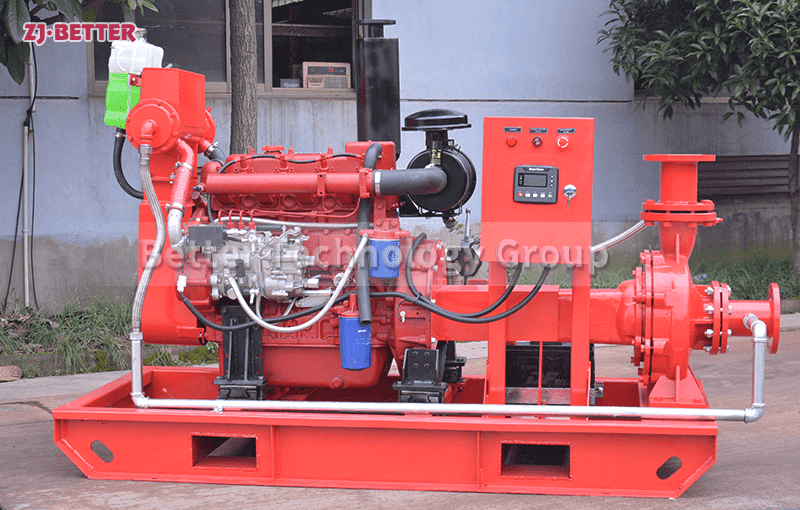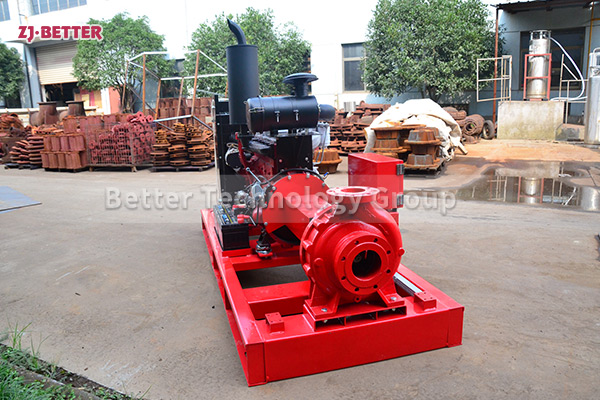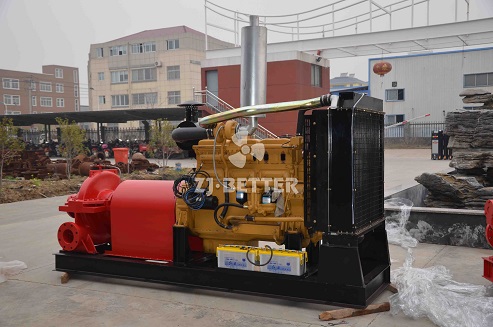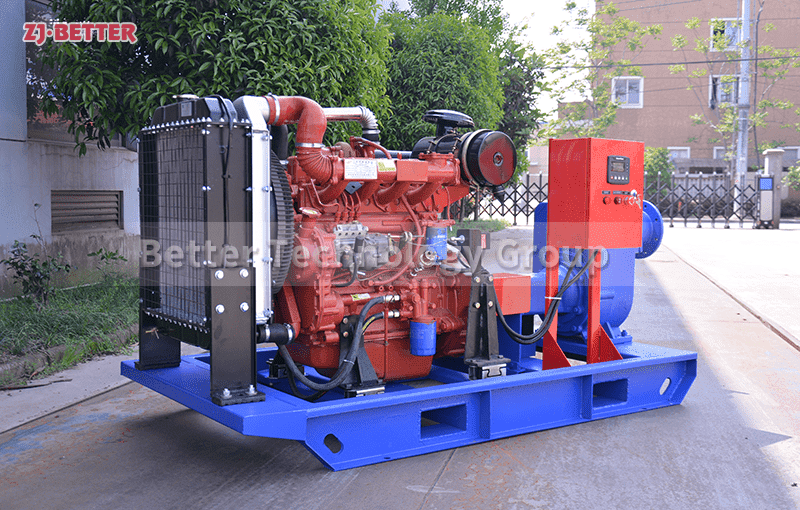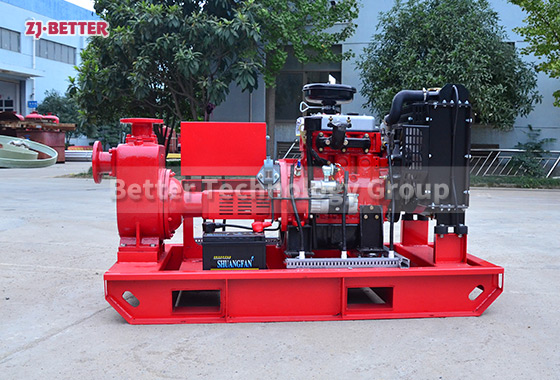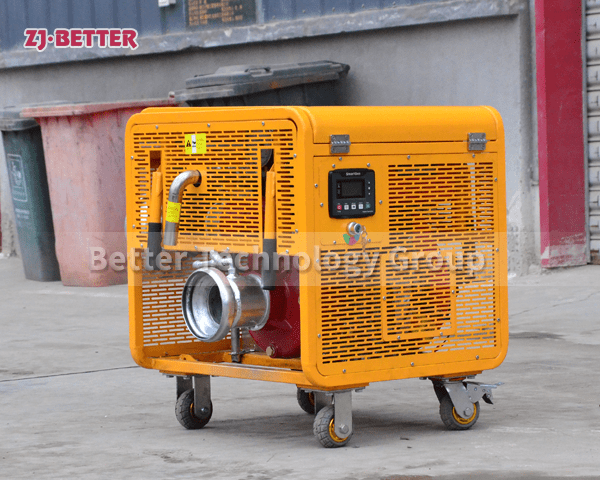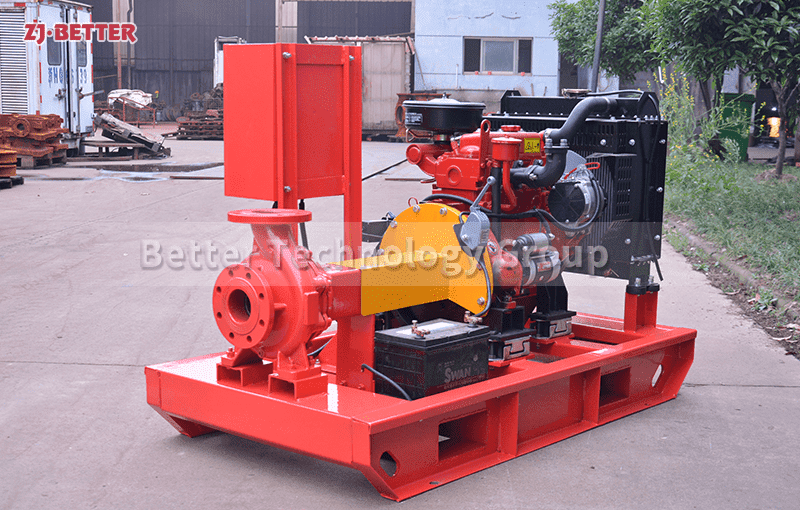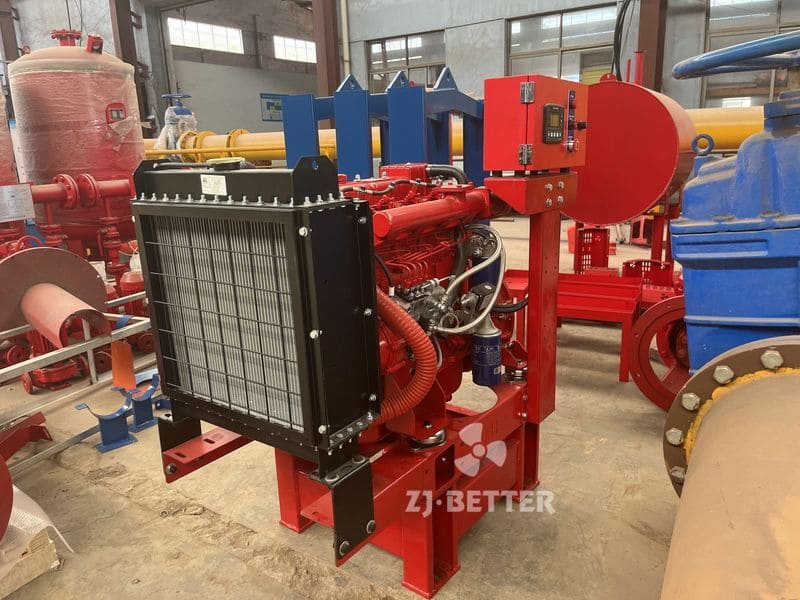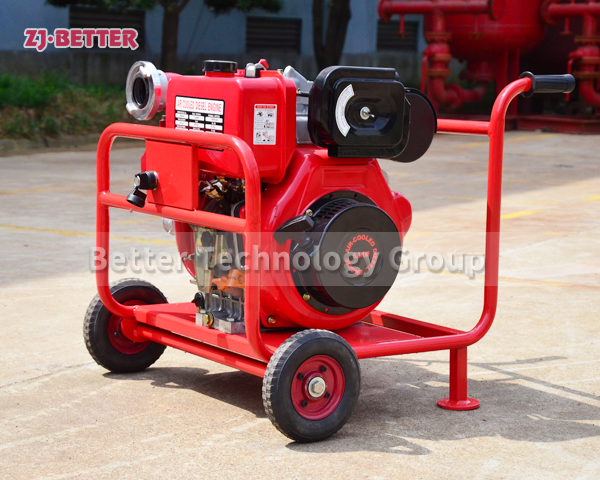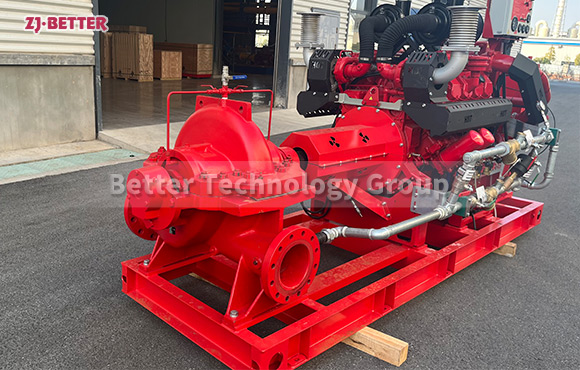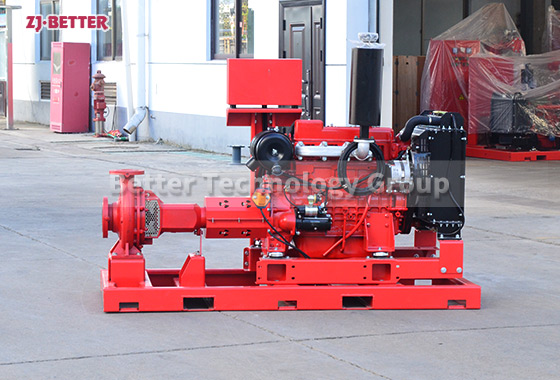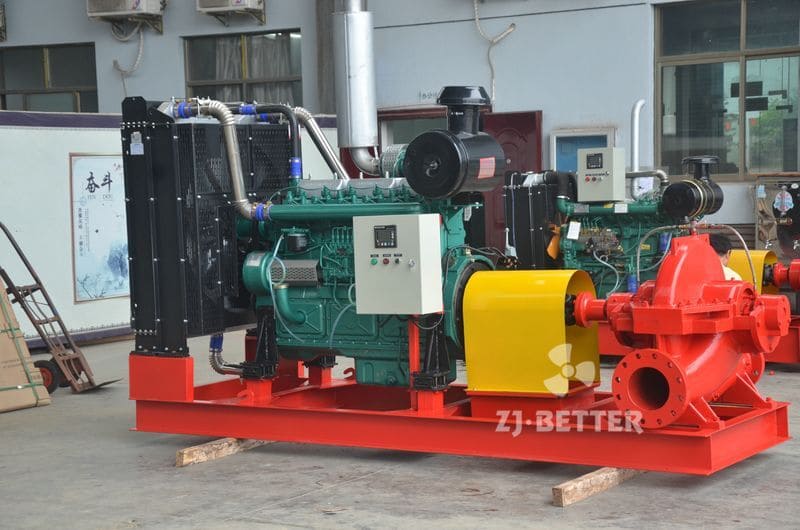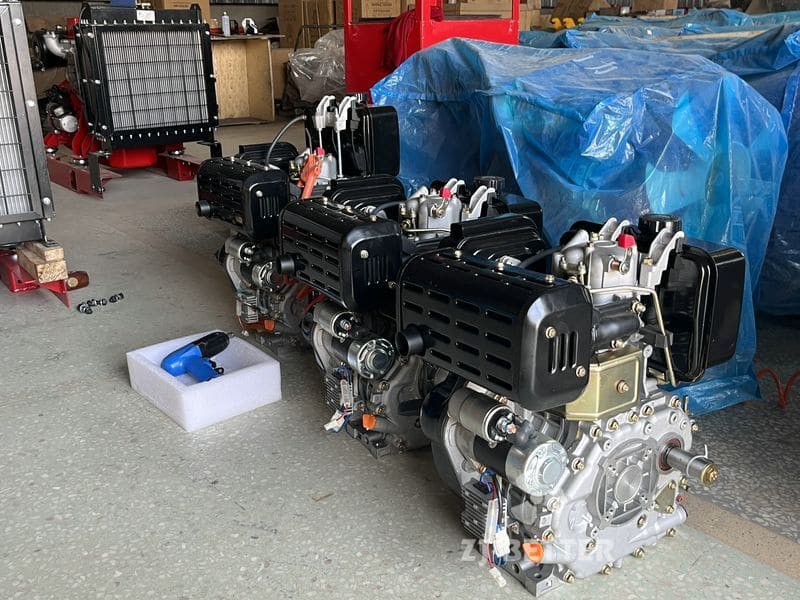Customized functions for diesel engine fire pumps
Diesel engine fire pumps are relatively common equipment that are often used in fire protection systems. Of course, the first thing we consider when purchasing a pump station is to choose the manufacturer, not only because of the high cost-performance, but also because the manufacturer has the characteristics of customization on demand, according to customer needs, to select the functions to customize the fire pump group.
Diesel engine fire pumps are relatively common equipment that are often used in fire protection systems. Of course, the first thing we consider when purchasing a pump station is to choose the manufacturer, not only because of the high cost–performance, but also because the manufacturer has the characteristics of customization on demand, according to customer needs, to select the functions to customize the fire pump group.


